“Yes, a simple WiFi signal can be used to spy on us through walls, a scary thought for people who value their privacy”, Nigel elaborates.
Seeing through walls is an ability most people associate with Superman’s X-ray vision or James Bond’s X-ray sunglasses but scientists at Carnegie Mellon University have come up with a way to see through walls using a neural network and WiFi signals. While previous efforts by MIT researchers used radio waves to see through walls, the images were typically low resolution and difficult to use to identify people.
WiFi signals, however, are apparently even better than regular RGB cameras for detecting humans and can be hooked up to a neural network in order to create a 3D map of a human body standing on the other side of a wall. Yes, a simple WiFi signal can be used to spy on us through walls, a scary thought for people who value their privacy.
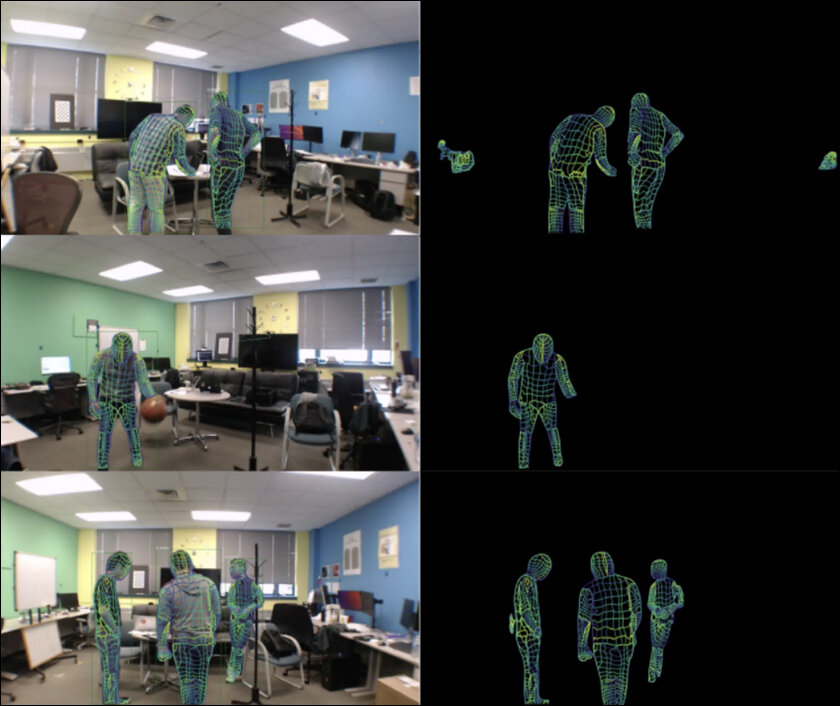
WiFi Vision
As opposed to a camera that works on the principles of light and visibility, this innovation sends a low-powered WiFi signal through a wall in order to detect everything in the room on the other side of it. It does this much like a radar signal that bounces off static objects to detect movement. In the case of human bodies, the WiFi signal sends the coordinates of key points on the human body like the head, arms, and legs (that determine posture) which are then fed into a system called DensePose which assimilates them into a 3D picture. DensePose is a deep neural network that can map all the pixels from a 2D RGB image of the human body and convert them to a 3D image.
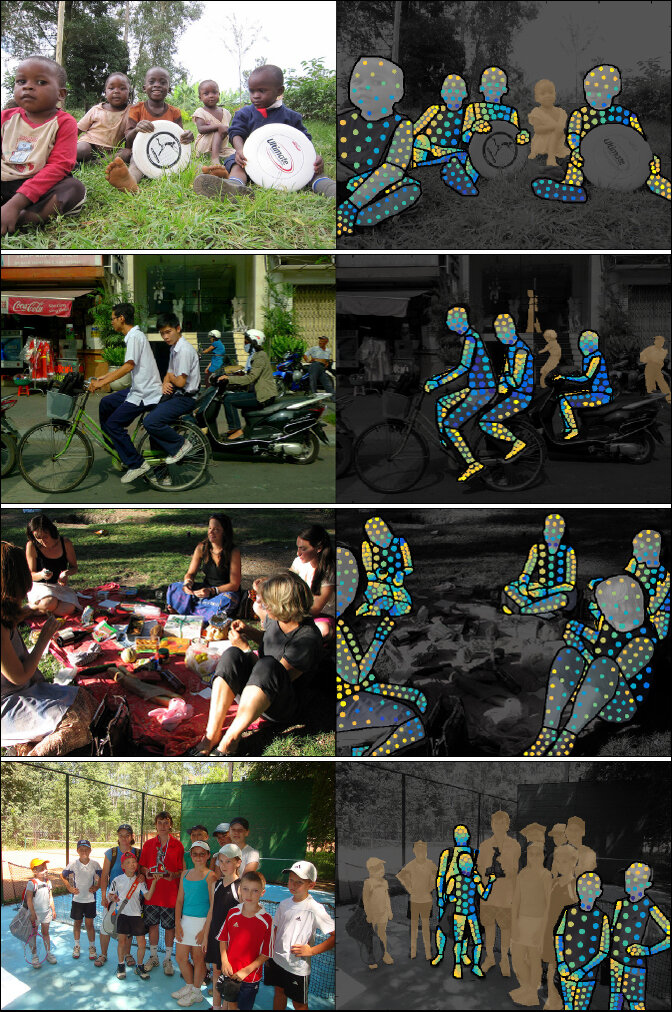
Developed by a team of researchers from London along with Facebook’s AI team, the process involves establishing a “dense” correspondence between a 2D image and a 3D surface model. In this case, however, it’s not 2D images that are being mapped but rather the results of a WiFi-powered scan that is being mapped to a 3D image.
The efficiency and accuracy of details are quite astounding as you can see in some images on the DensePose website. While this explanation could be interpreted by some to be overly simplified since there’s quite a lot of mathematics involved in this process of “pose estimation,” the short version is that the technology does work and will only require off-the-shelf WiFi equipment to use.
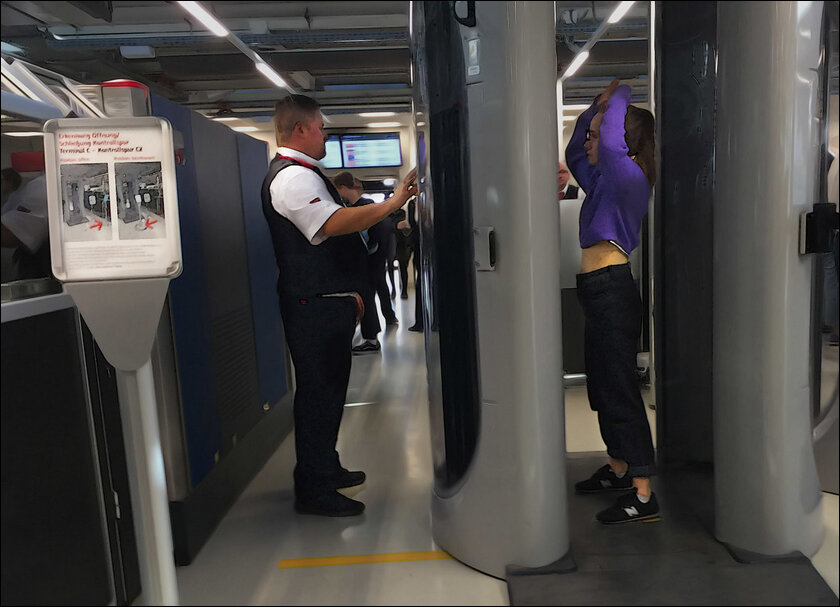
Security Implications
Now while researchers argue that this innovation could be progress for privacy rights since we won’t need cameras everywhere anymore, that’s sort of like making the TV remote shoot lasers and then saying the good part is we don’t need guns anymore. If every lunatic that could get their hands on a TV remote could use it to blast things out of their way, there wouldn’t be a lot of things left to blast. Similarly, if every nosey person could use a WiFi router to see through walls, it would officially be the end of privacy, can you imagine if the paparazzi got their hands on something like this? No one would be safe, especially since walls are something most people expect to be able to rely on for privacy.
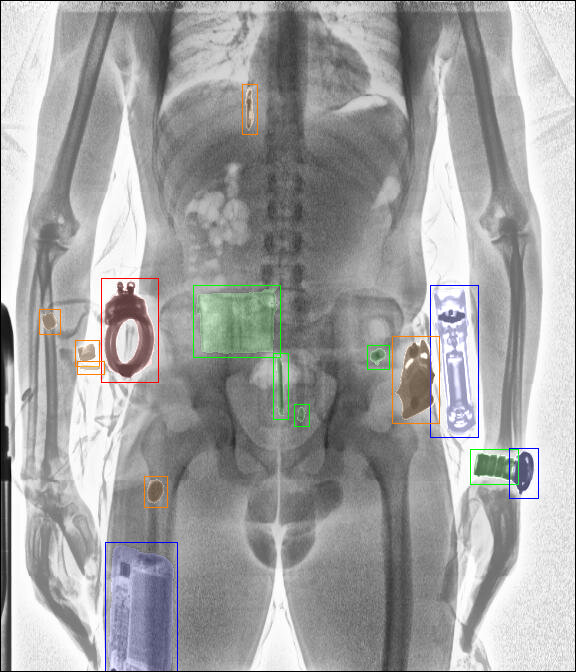
Now while there is always an upside to new technology like the potential to use it for law enforcement or even home security purposes, like in the case of nuclear technology, it always cuts both ways. Researchers at Waterloo University have devised a way to use WiFi to see through walls using a store-bought drone and an additional $20 worth of store-bought equipment.
While the Wi-Peep doesn’t have a fancy 3D mapping application powering it, what it does have is a security loophole called Polite WiFi. What this means is that every WiFi-powered device, even secure, will respond to contact attempts from other devices in range. These responses are then used to track and locate the wearers of these devices or the devices themselves.
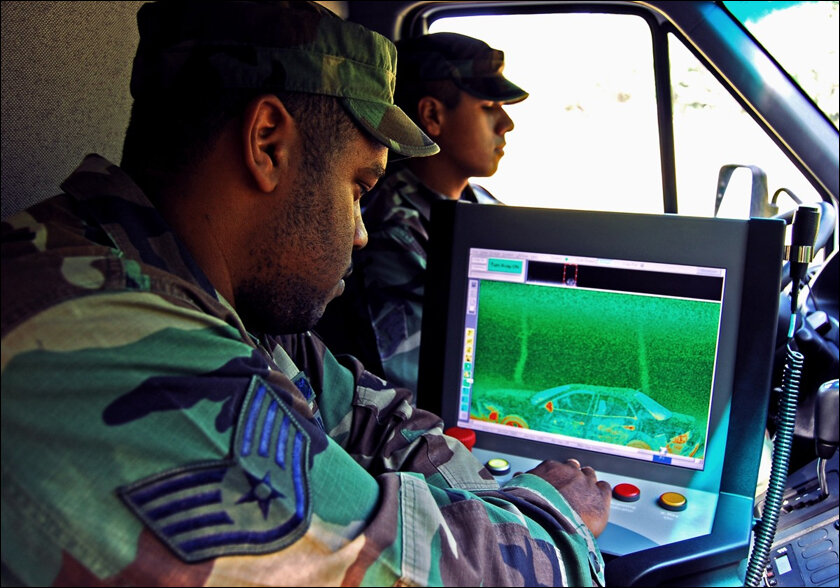
X-ray Vision
With the amount of data we generate on a daily basis, there are those who would argue that our phones already know more about us than we possibly ever could. That being said, however, the possibility of being spied on every time you operate a WiFi device might be something we may just have to get used to in the future. In addition to walls, WiFi also overcomes a number of obstacles like poor lighting, occlusion, or even the need for a camera.
There’s no argument that it would be great for the armed forces and covert military operations where knowledge of the insides of enemy buildings is generally hard to come by unless you have someone inside. If X-ray vision is a superpower we are going to have soon, we may as well enjoy it. As for privacy, for all we know, it may already be dead.
In case you missed:
- One Chip to Rule Them All: The 6G Chip at 100 Gbps!
- Lab-Grown Brain Thinks It’s a Butterfly: Proof We’re in a Simulation?
- Could Contact Lenses be the Key to Fully Wearable BCIs?
- Scientists establish two-way Lucid Dream communication!
- Tesla’s India Launch: It’s not about the Model Y, it’s about the AI!
- This Prosthetic Hand can detach and crawl across the floor. How cool is that?
- From Sci-Fi to Fake News: The Chinese Pregnancy Robot Claim!
- Humans Just Achieved Teleportation? Clickbait vs. Facts
- ChatGPT-Psychosis: Lower focus, warped emotions, rising delusions!
- Pi Coin vs Bitcoin: Round 2, Mainnet Launch




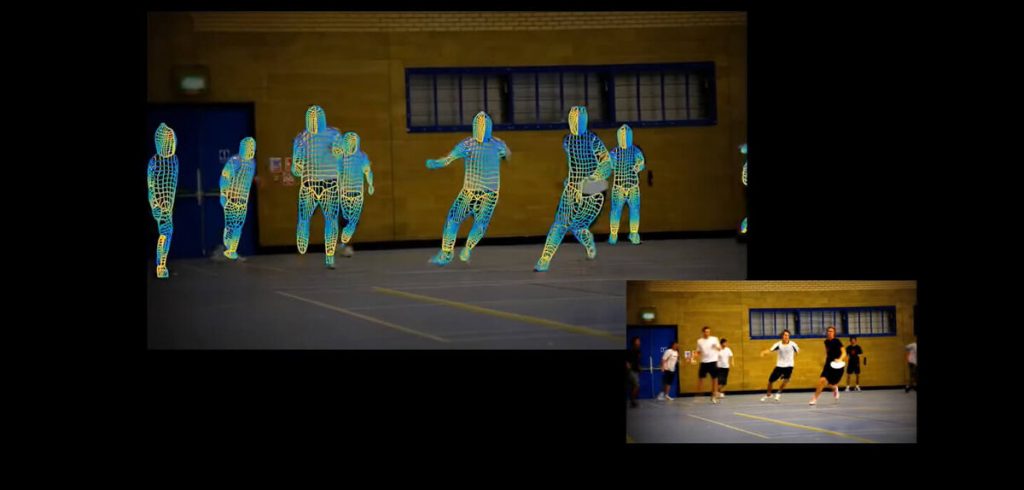






1 Comment
i love you article although you havent mentioned a few things like detecting your heart with this method to a 99.9% accuracy as well as capturing a persons key strokes whlle typing into there computer.